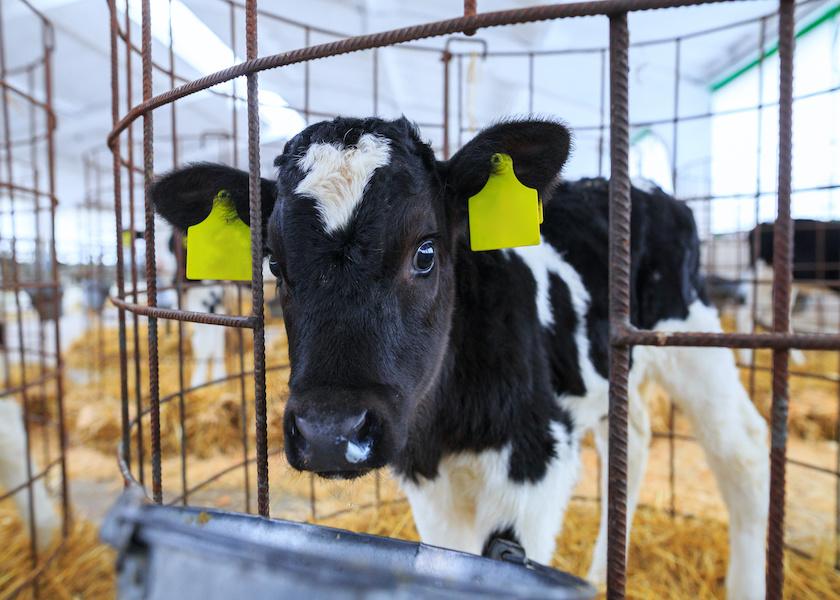Could SARA be “Good” for Calves?

Sub-acute ruminal acidosis is a disease to avoid in lactating dairy cows.
The unfortunate consequences of high-starch/concentrate rations that create low (acidic) rumen pH are many. They potentially include gut inflammation, reduced feed intake, lower milk production, rumen microflora disruption, diarrhea, lameness, long-term rumen tissue damage, and liver abscesses.
That long and scary list could lead one to conclude that SARA is a condition to be avoided without question, regardless of animal age.
But University of Alberta researcher Anne Laarman said the rumen of calves is very different than that of their grown mothers. “Calves undergo a massive transformation of their rumen, and the gastrointestinal tract in general, in the first few months of life,” he explained. “So, we can’t assume that calves should be managed as though they are miniature cows.”
In a paper presented to the 2020 Western Canadian Dairy Seminar, Laarman stated the threshold rumen pH of 5.8 that is commonly used to identify SARA in cows may not be detrimental to the rapidly developing rumens of calves.
He also noted that, in addition to accelerated milk rations, increases in calf-starter intake also have been linked to improved first-lactation milk and components production. Calf starters often have a starch content of 30% or more, which would likely push mature cows into the SARA danger zone. But calves don’t seem to exhibit the same ill effects of high-starch diets.
As highly fermentable carbohydrates are digested, rumen pH drops, and concentration of volatile fatty acids (VFAs) increases. Those VFAs drive the production of butyrate, which is a critical component to papillae development on the growing rumen wall. If calves can tolerate the lower rumen pH, the higher VFA concentrations are beneficial.
And it may be forage – and/or its feeding method -- that swings the pH for calves more than grain. Laarman’s research team performed a study comparing the rumen pH and growth performance of preweaned calves fed milk replacer, free-choice starter grain, and free-choice or limited long-stemmed hay.
Using the “standard” threshold of 5.8, the calves that were allowed to consume less forage fell into the SARA range for a longer period of time per day (796 versus 261 minutes per day). This possibly could be attributed to the daily “start and stop” of forage availability.
Nonetheless, average daily gain did not vary significantly between the two groups. “Until completion of weaning, calves are highly able to manage rumen pH despite drastic changes in non-fiber carbohydrate intake, whereas weaned calves and mature cows are far less able to,” stated Laarman.
Laarman concluded rumen pH appears much more stable through weaning with free-choice feeding of starter grain and forage. He said while the “perfect” rumen pH for calves remains unknown, it is likely lower than that for adult cows, and intentionally inducing SARA in young calves may be useful for promoting rumen development.







